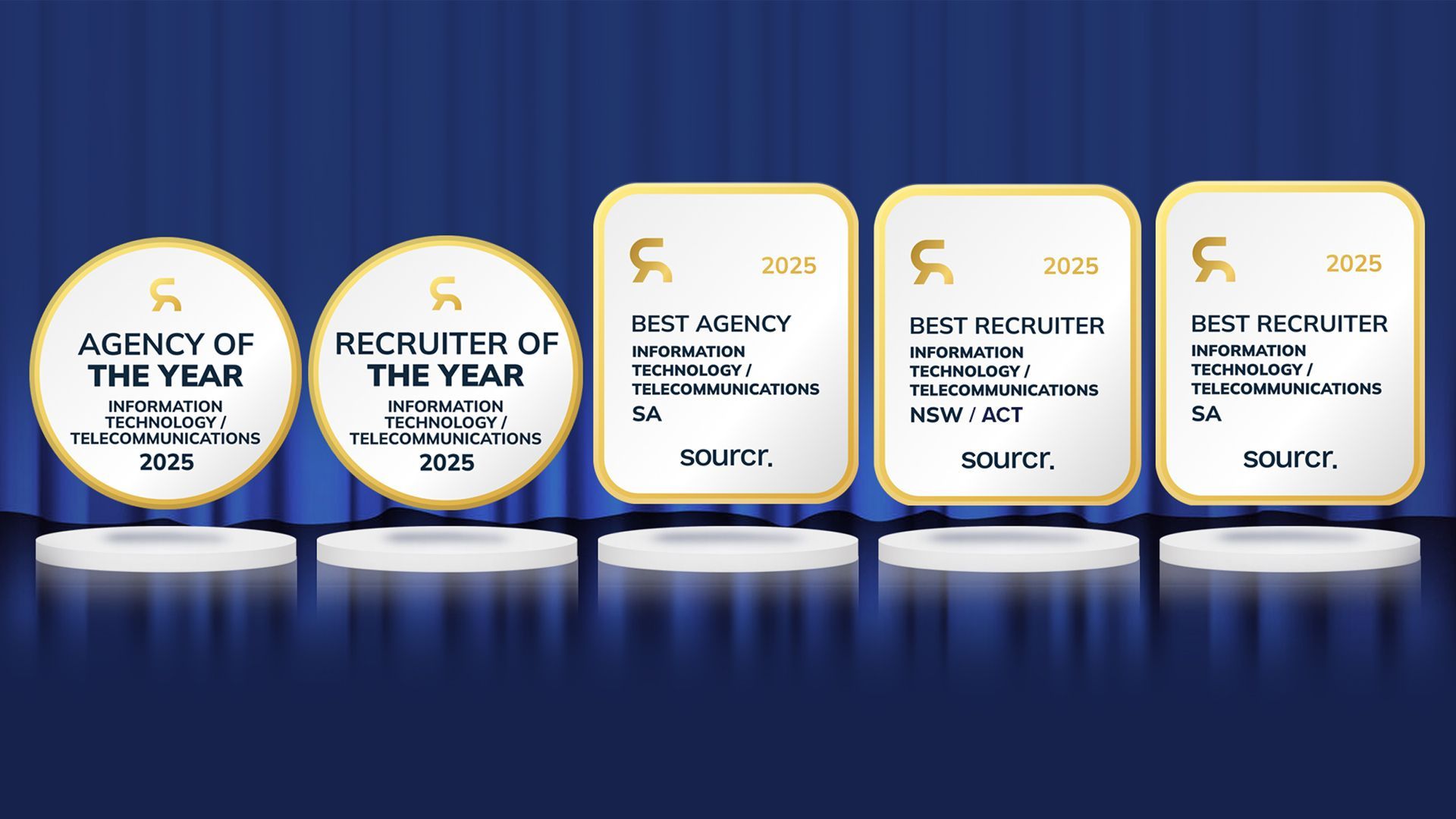Working With Multigenerational Tech Teams
From our perspective in tech recruitment, we see age diversity increasing within organisations with the rise of multi-generational teams, creating both challenges and opportunities for effective collaboration, engagement and workplace culture.
Today’s multi-generational teams now have Baby Boomers (born between 1955 and 1964), Generation X (born between 1965 and 1980), Millennials (born between 1981 and 1996), and Generation Z (born between 1997 and 2012) working together. And with Generation Alpha set to finish high school, the number of age cohorts will continue to grow.
In Australia, 52% of tech workers are under 40, compared to 49% in other industries, while 22% are over 50, compared to 30% in other sectors. Research by the Adaptavist Group also shows that 51% of businesses employ three or more generations.
This mix of ages highlights the importance of managing multi-generational teams effectively and understanding how to work with colleagues from different generations.
Fight Stereotypes
Battling stereotypes, bias and discrimination is one of the major challenges of working in and managing multi-generational teams. As Australian researchers found, both older and younger employees are susceptible to feeling stereotyped based on their age at work – although older workers tend to bear the most negative impacts of these stereotypes.
Each generation brings its own experiences, values, and communication styles to work, which can fuel stereotypes and misperceptions. Not all Gen Z employees are unreliable and not all Boomers are resistant to change! Such traits can be found in any employee, regardless of their age.
Whether as a manager or an employee, it’s important to speak up when you encounter age-based assumptions, like ‘older workers can’t keep up with new tech’ or ‘younger employees have a poor work ethic’. Working well within a multi-generational tech team means highlighting the value each individual brings to work.
As a manager, recognising the signs of generational bias allows you to address underlying issues before they escalate, ensuring all employees feel valued and respected. Identifying bias is just as important in technology recruitment processes, where candidates should be assessed based on skill, rather than assumptions based on their age group.
Understand Communication Differences
Differences in communication styles and preferences are a common concern for age-diverse teams. As Adaptavist Group’s research found, 90% of teams have encountered generational conflict over digital tools used at work.
Whilst it is necessary to maintain standards around communication in line with your organisation’s policy, it’s also sensible to look for ways to communicate with team members in their preferred way. As Griffith University research highlights, different generations will prefer varying communication methods, so successful workplaces use multiple channels like email, face-to-face, social media, and digital tools to engage everyone with their preferred method.
Do keep in mind that any assumptions you make about communication preferences and styles can create more bias. Research by McCrindle shows that workers across the generational divide actually rank face-to-face interaction as their preferred mode of communication at work. This suggests that certain stereotypes, like that of Gen Z workers hiding behind messaging apps, don’t necessarily hold water. If you’re in doubt about whether your colleagues prefer phone calls or emails, just ask them!
As a colleague or manager leading multi-generational teams, being aware of differences in language – such as expressions, idioms and slang – is also important. Each generation has its own way of speaking or referencing pop culture, and what resonates with one group might confuse or alienate another. By being aware of these nuances, you can help bridge potential communication gaps and avoid misunderstandings.
Create Cross-Mentoring Opportunities
To build the type of learning-focused work environment that keeps your organisation agile and adaptable to change, an ongoing transfer of knowledge is key. If you are leading multi-generational teams, it makes sense to facilitate this knowledge transfer with mentoring opportunities.
Having your more experienced employees mentor and guide their younger counterparts enables your organisation to pass on the practical know-how and institutional knowledge that often takes years to accumulate to the next generation of talent.
However, mentoring is best thought of as a two-way street. Pairing your senior and junior team for ‘reverse mentorships’ where younger employees mentor their senior colleagues, can also improve the dynamics within your multi-generational team.
Cross-mentoring shouldn’t just be a management initiative – it’s a mindset as well. Just as younger employees can learn a great deal from their older colleagues, mature team members can also acquire plenty of new knowledge and unique perspectives from their junior counterparts. Being receptive to learning from your colleagues can yield interesting results!
Encourage Social Moments
Another way to bridge generational gaps at work is to get social. Encouraging team members (and yourself) to step out of their comfort zone and make connections with colleagues from different age groups can lead to surprisingly rewarding relationships.
When you are managing a multi-generational team, prioritise creating opportunities for employees to connect outside their usual teams or social circles. Anything from a lunch or team-building events off-site to cross-departmental projects can create new synergies across the generations – and make for a more enjoyable workplace.
Multi-generational Teams are an Asset
Ultimately, multi-generational teams are an asset to the tech industry and make for a fertile learning environment for tech professionals, no matter your age.
When people from different generations come together, they bring a diverse mix of perspectives, skills and experiences to the table. Seasoned professionals offer wisdom and a depth of industry knowledge, whilst younger team members bring fresh ideas and a native understanding of emerging technologies.
Get Tailored Tech Recruitment Expertise
At Emanate Technology, we understand the power of diverse, multi-generational teams in driving innovation and success within the tech industry. Whether you’re looking to build a team that combines experience with fresh thinking or seeking the next step in your own tech career, we’re here to help. Our expertise in technology recruitment allows us to connect you with top talent or exciting tech job opportunities.
Let our teams in Canberra, Melbourne, Brisbane or Adelaide support you in shaping a future-ready workforce – contact us today.






